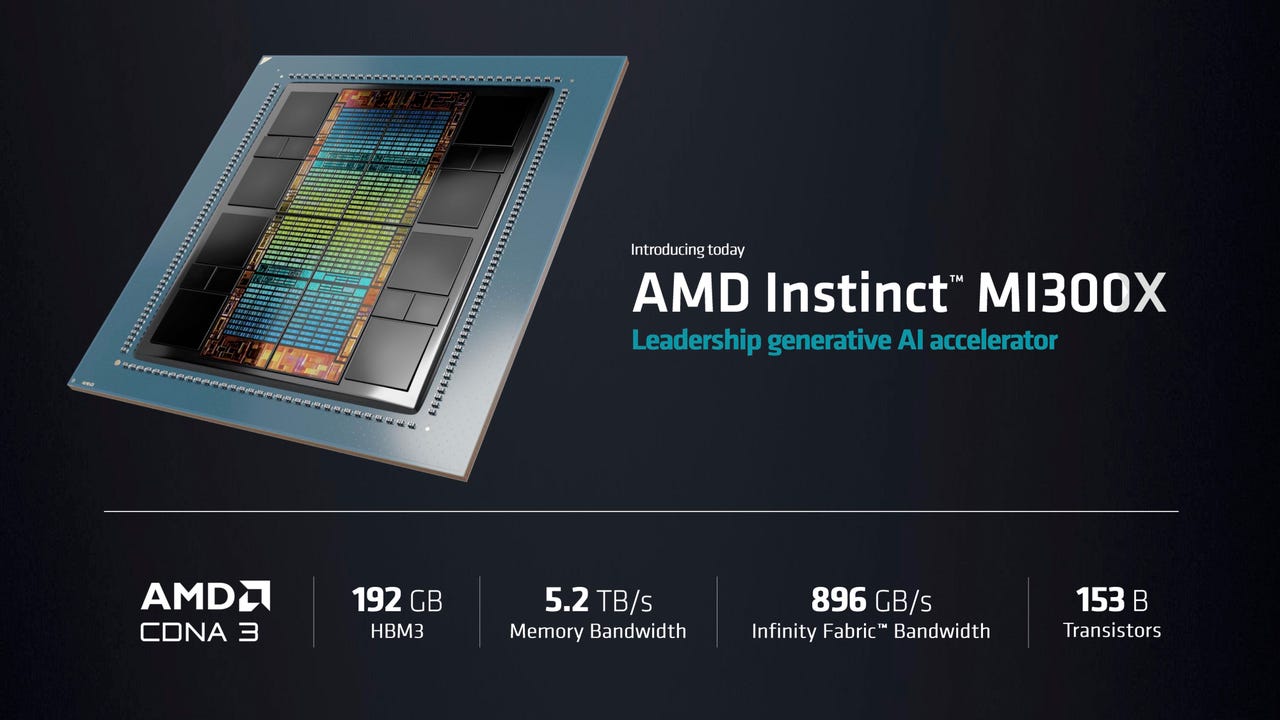India Plays a Key Role in Every AMD Chip Design: Mark Papermaster, CTO of AMD in 2023

India Plays a Key Role in Every AMD Chip Design: Mark Papermaster, CTO of AMD in 2023
Advanced Micro Devices (AMD), a leading US chip design company, has revealed plans to invest $400 million in Bengaluru to build its largest design hub, measuring 500,000 square feet.
Mark Papermaster, executive vice president (EVP) and chief technology officer (CTO) of AMD, engages Jatin Grover in an exclusive conversation on the significance of India for chip design, the future design facility, strategies on sourcing talent, product developments, etc. Excerpts:
The India team designs nearly every AMD chip in our diverse array of high-performance CPUs, servers, data centre GPU, gaming graphics, PC, adaptive computing, and embedded devices.

The team collaborates on all chip designs with peers located all around the world.AMD’s recently revealed $400 million investment is unrelated to government subsidies. The initiative is being pursued alone by the corporation. Two phases will be used to open the office.
By the end of this year, some 1,000 employees will relocate to the office, with the remaining staff following in 2024.
By the end of 2028, we want 9,500 full-time employees in India, up from the current total of over 6,500. We’ll hire 3,000 more engineers over the following five years to do this.
Teams from India will assist us in advancing the development of AI and machine learning hardware and software as we integrate AI processing capabilities widely throughout AMD products.

India has enormous potential to satisfy the semiconductor industry’s need for talent. There is a talent pool available since more than 500,000 engineers graduate annually.
The skill set, not the number, is where there is a deficit. At the moment, engineers strengthen their skills after graduating and joining businesses. The Indian government established a talent council under the leadership of Jaya Jagadish, AMD’s national head, to solve this issue.

AICTE (All India Council for Technical Education) is already implementing the curriculum revisions suggested by the committee in the 300+ engineering institutions that offer a major in VLSI design.
Along with other initiatives, these steps would help India satisfy its talent demands in the semiconductor industry but also the needs of the sector internationally.
The aptitude of our India teams plays a critical role in driving the development of AI and machine learning hardware and software as we integrate AI processing capabilities widely throughout AMD products.
We will concentrate on building an internal talent pool of young engineers who can grow and manage teams, in addition to hiring laterally and from engineering institutions around metros, Tier 2 and 3 locations.
Since 2011, AMD has been operating a successful co-op programme with a few chosen authorized colleges in Hyderabad and Bengaluru to close the skills gap.
Who provides instruction in VLSI and associated areas? Only MTech students are eligible for this course, and if chosen, they spend nine months of their senior year working on real-world projects at AMD, such as developing the next generation of CPU and GPU technology. 90% of co-ops eventually become full-time workers on average. Additionally, AMD collaborates with several regional, state, and national engineering schools to provide an industry-aligned modern curriculum.
![]()
We applaud the government’s attempt to establish an environment for semiconductor production in India.
However, AMD, which lacks fabs, has no plans to open factories in India. We had our fabs for many years before becoming fabless in 2009.
Since then, we have collaborated with other foundries, including TSMC, GlobalFoundries, and Samsung, to produce chips.
At AMD, we work closely with open-source solutions from throughout the computing ecosystem to boost chip performance and energy efficiency. While this is still a work in progress, we have made significant strides towards creating the open solid software stack known as AMD ROCm.
It is a complete collection of tools, including our debugger and profiler, runtime compilers, drivers, and libraries. In its fifth version, ROCm supports the ecosystem of open frameworks, models, and tools for AI development.
Additionally, we worked with the PyTorch Foundation to facilitate the seamless use of AMD GPUs for artificial intelligence (AI).
The AMD Research division offers several contributions in addition to our developer support tools to provide programmers with the resources they need to get the most performance out of today’s intricate computer systems.
Maximizing the processing performance supplied per watt of energy spent is, and has been, a key component of our corporate strategy. Our devices’ state-of-the-art chip architecture, design, and power management capabilities have led to notable improvements in energy efficiency.
We surpassed AMD’s 2520 Energy Efficiency objective and saw a 31.7x gain in performance per watt for processors in mobile devices. By the end of 2023, we expect 40 times more processing power per watt in mobile devices.
With our Ryzen 5800U processors, which have up to 43% greater power efficiency than Energy Star 8.0 criteria, AMD Ryzen processors are still helping to create energy-efficient laptops today.
In a recent interview, Mark Papermaster, Executive Vice President and Chief Technology Officer of AMD (Advanced Micro Devices), shed light on India’s significant role in the company’s chip design process.

This reflects the increasingly prominent role that India has been taking in the global tech industry.
First and foremost, Papermaster emphasized the rich talent pool that India offers. With numerous prestigious engineering schools, including the Indian Institutes of Technology (IITs), and a burgeoning young population interested in technology, India has emerged as a critical resource for companies like AMD.
“India is home to some of the brightest minds in the semiconductor industry,” Papermaster reportedly said. “We are consistently impressed by the innovation and ingenuity we see from our teams in India.”
AMD’s Indian offices are strategically located in key technology hubs such as Bengaluru, Hyderabad, and Pune. These cities are known for their vibrant technology ecosystems, with startups, major tech companies, and academic research institutions.

While India offers many advantages, Papermaster acknowledged that there are challenges too. For instance, supply chain issues and talent retention in a competitive market are perennial concerns. However, he expressed optimism about the Indian government’s policy measures to boost India’s semiconductor and electronics sector.
“The National Policy on Electronics and the steps towards creating semiconductor fabs in India are promising signs,” Papermaster said. “We are excited about the potential of deeper engagement in India.”




